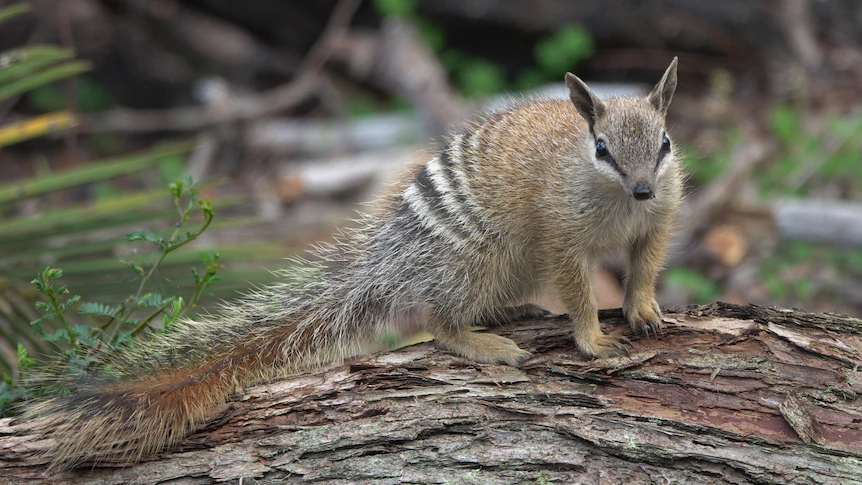By Rosemary Murphy,Stan Shaw
Copyright abc

Western Australia is home to some of the world’s most photogenic creatures, but authorities warn some people chasing the perfect shot could be putting them at risk.
They are particularly concerned for numbats, the endangered species found in the Dryandra Woodland National Park, about 170 kilometres south-east of Perth.
Department of Biodiversity Conservation and Attractions (DBCA) Wheatbelt regional manager Mitchell Davies said the department was getting reports of poor behaviour by people trying to photograph numbat joeys.
“The reports include groups of people crowding around the den entrances, as well as removing rocks and sticks to clear their shots so they can get the better shot,” he said.
“This time of year is particularly sensitive as the young numbats are emerging from burrows.
The warning comes on the same day WA Environment Minister Matthew Swinbourn held a press conference at Perth Zoo about seven numbat joeys born there.
Four of the joeys are set to be released into the wild later this year.
Mr Swinbourn urged people taking photos of the endangered species in the wild to do the right thing.
“If they’re in a position where they are causing harm to those animals and they’re just doing it for likes, grow up,” he said.
Ongoing issue
Mr Davies said the DBCA recommended photographers maintained a distance of at least 20 metres from the numbats and stuck to existing trails and roads as much as possible.
“We do appreciate that people like photography and they love to get a photo of an elusive animal, but especially this time of year when they’re breeding, it’s best to try and avoid them altogether,” he said.
The DBCA’s ethical wildlife photography guideline states that photographers should abandon their pursuit if their subject shows signs of stress.
“Take extreme care when photographing wildlife with young,” it says.
There have been ongoing concerns about the impact of those ignoring guidelines while taking photos of numbats.
In 2023 the WA Numbat Taskforce urged visitors not to share burrow locations or damage or remove any habitat amid an increasing number of photos of numbats being taken for social media.
The concern is not restricted to numbats.
Last month an investigation was launched into a paddleboarder who got too close to a southern right whale mother and calf while filming them.



